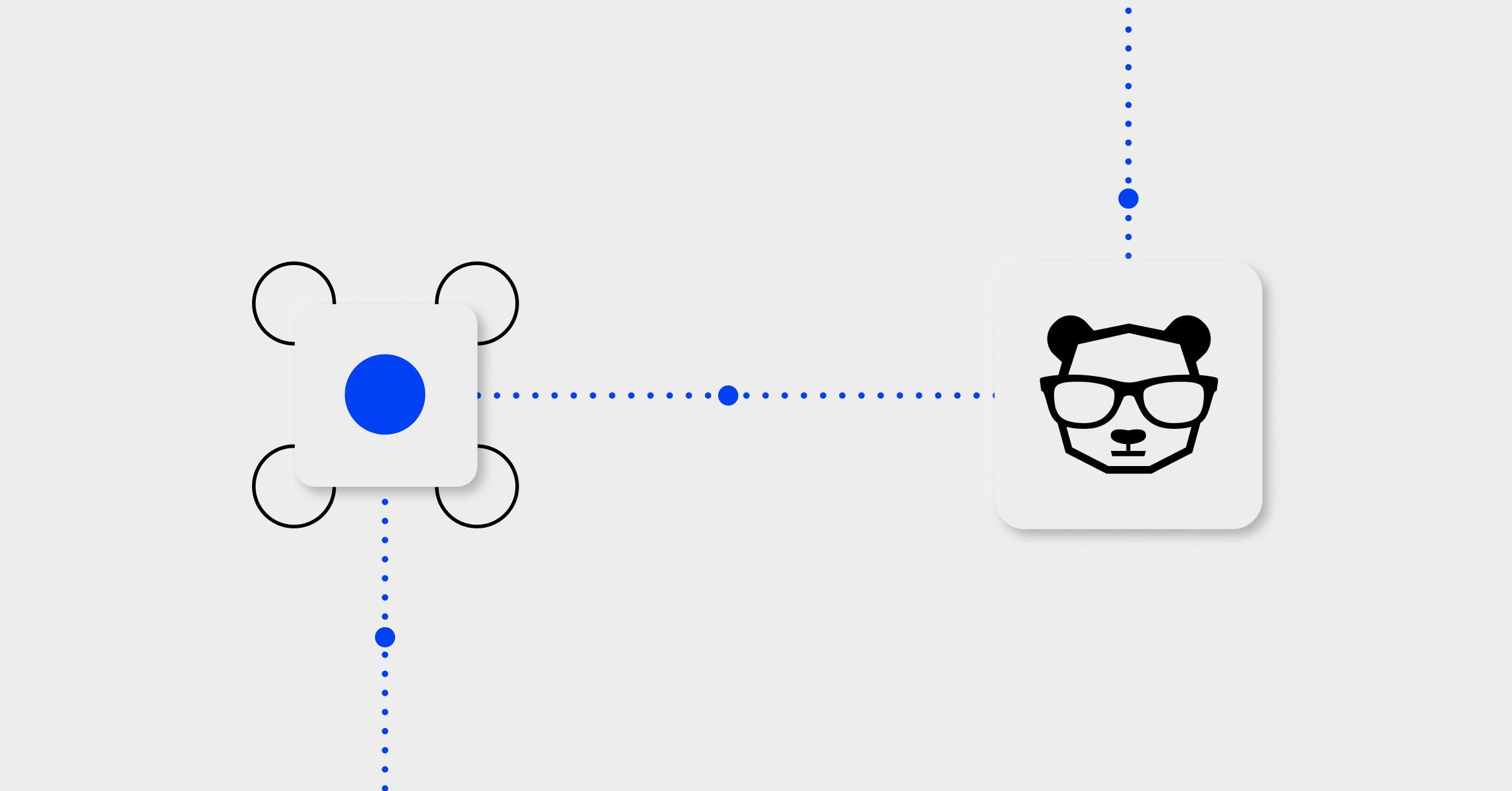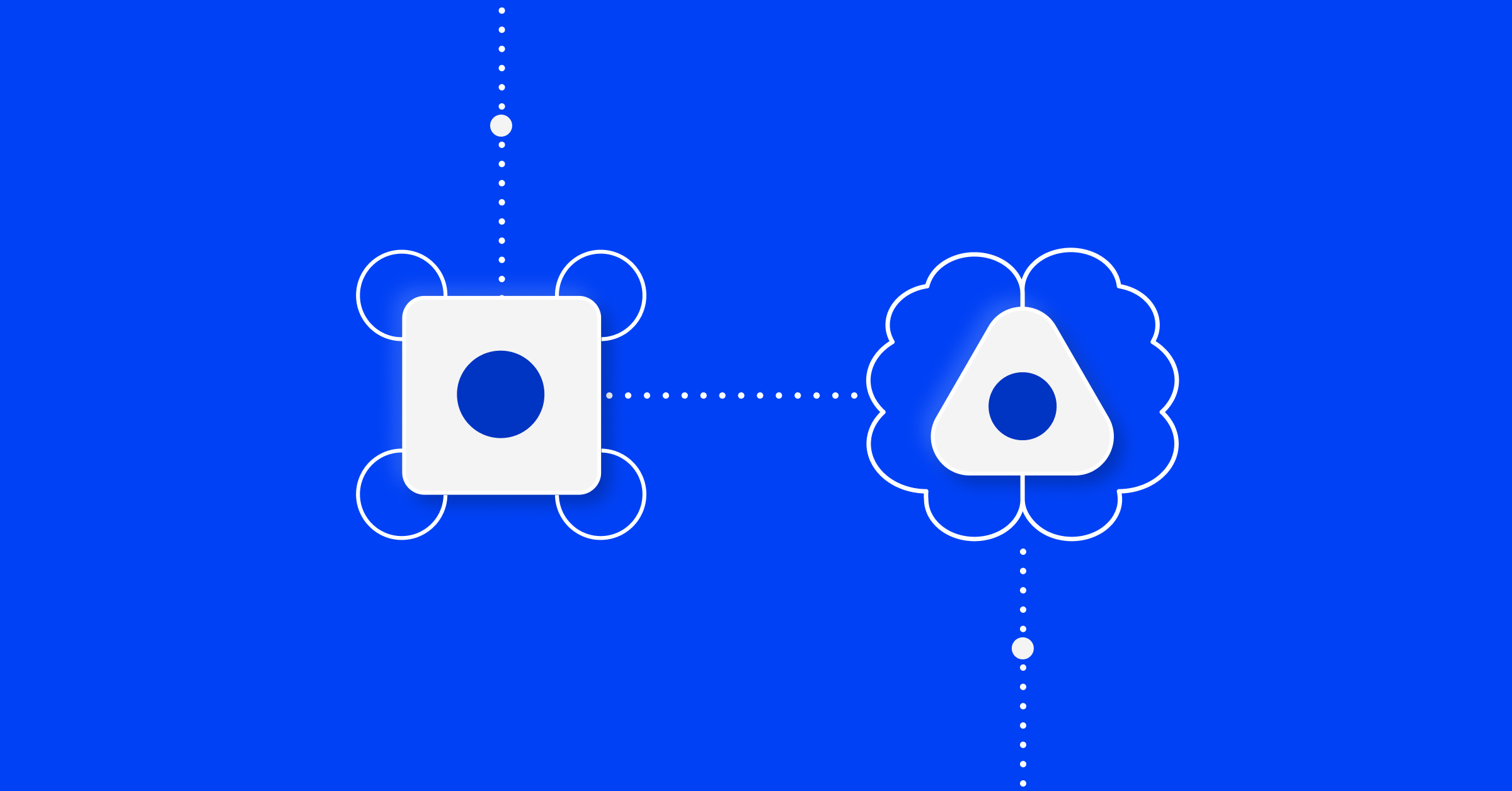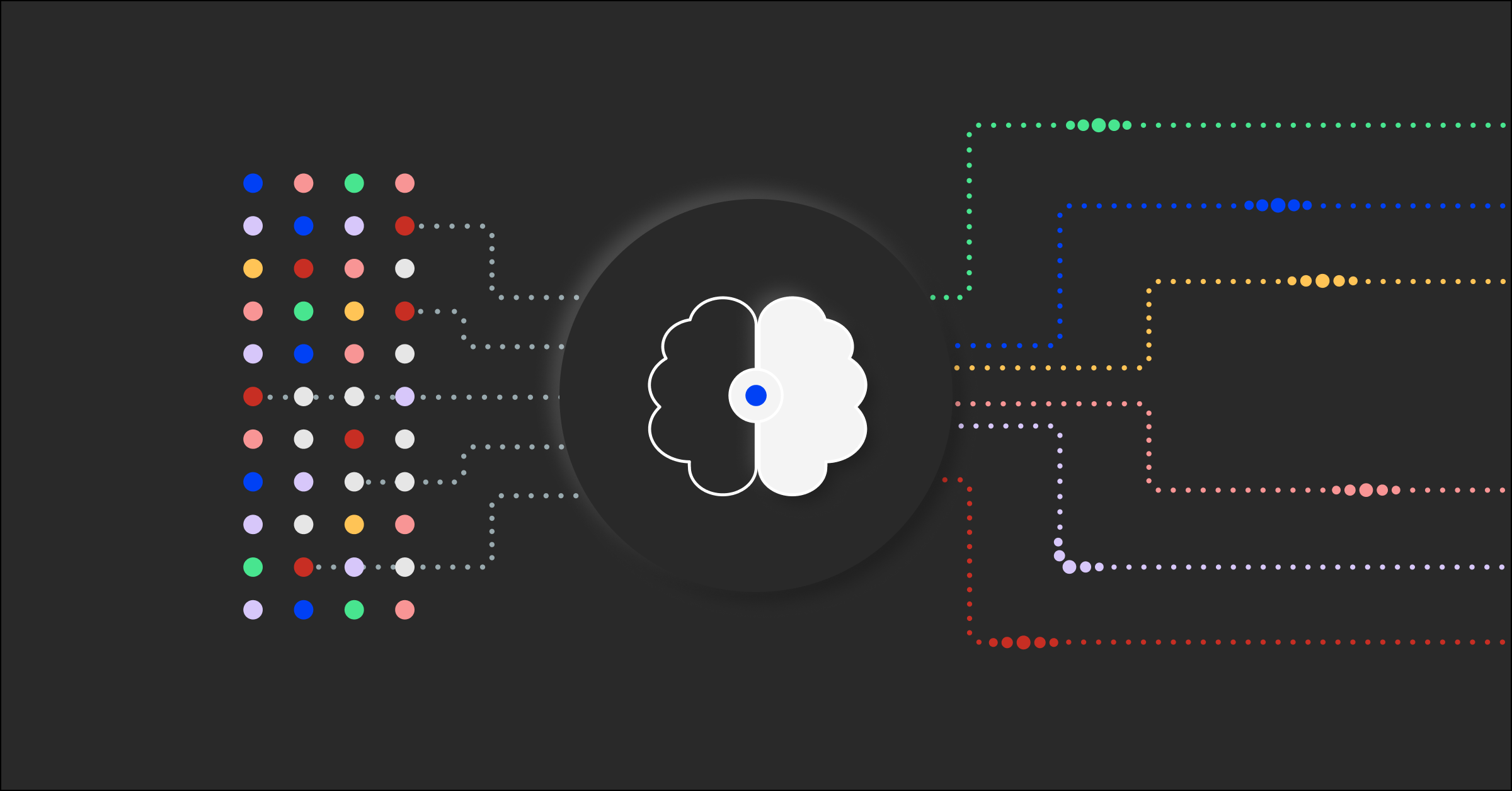The news is filled with buzz about how companies approach AI. As a result, many organizations are trying to identify how AI can effectively support their business goals. There seem to be infinite use cases, but finding those that add the most value is often the first challenge.
In the ITOps environment, generative AI copilots can effectively improve team efficiency, share knowledge, and support day-to-day tasks to deliver immediate value.
Learn more about copilots in our previous post, “AI-powered incident management copilots: A guide.”
With the recent introduction of generative AI copilots, organizations are beginning to test how to implement these advanced tools successfully. According to recent ServiceOps research from EMA, enterprises with mature AIOps programs report benefits, including proactive incident response, reduced outage frequency, and more actionable alerts.
#1 Initiate cross-functional incident triage
Teams need to accomplish many administrative tasks in the first moments of an incident. These tasks could include creating an incident channel, inviting the right cross-functional team members, and sending incident summaries with tickets and alerts.
Use a copilot to organize key incident details from a range of data sources and address manual setup tasks. A copilot can also maintain a real-time incident summary to ensure that everyone, including new team members who join, always has the most up-to-date context. With that work handled, teams can focus on more pressing matters, such as finding the incident’s root cause, implementing a fix, and optimizing processes to prevent future incidents. The result: Improved team productivity and quick delivery of an action plan, keeping stakeholders happy and informed.
#2 Troubleshoot active incidents
AI copilots can help troubleshoot active incidents. When set up correctly, a copilot can surface incident handling and resolution insights based on historical and monitoring data, change records, knowledgebases, and other resources.
Using the relevant data, the copilot can provide operators with prioritization, impact assessments, and resolution steps to reduce incident timelines and improve decision-making. Data from similar incidents can also help establish metrics and measure impact, including quicker mean time to resolution (MTTR).
#3 Document post-mortem details
You can use a copilot to close out incident activity with a post-mortem document. Have the copilot summarize the incident details, root cause, and possible steps to prevent future incidents.
Incidents can last long periods, anywhere from hours to days. NOC and incident management teams often sit on massive bridge calls troubleshooting with dozens of colleagues for hours. Documenting a post-mortem can take multiple individuals days or even weeks to produce. The last thing an incident manager wants to do is try to summarize the key outcomes of days of work. Copilots can save time, provide thorough incident information, and support team morale. Most importantly, the copilot can learn how to improve incident triage.
#4 Identify knowledge gaps
An AI copilot pulls data from many IT sources, both human and machine-generated. The copilot sits at the center of your infrastructure, giving it a unique opportunity to identify system gaps, deficiencies in operator or incident manager knowledge, and opportunities to optimize processes. For example, a copilot can identify gaps in observability, isolate low-performing alerts, improve alert tagging, identify redundant or unused tools, and provide insights on recurring issues.
#5 Access SME knowledge
People often use copilots to answer questions they don’t want to ask someone else. Instead of relying on individual subject-matter experts, the copilot summarizes information across the IT organization. Team members can get information about general topics or how to perform specific tasks. In the BigPanda Biggy AI beta program, general question-and-answer activity accounts for 27% of copilot user requests.
#6 Enhance cross-functional collaboration
In addition to tactical process improvements, an AI copilot can improve collaboration and team relationships. By serving as a hub of infrastructure knowledge across siloed teams and fragmented tools, the copilot can encourage knowledge sharing and provide collective insights to meet goals effectively.
A copilot provides your L2 and L3 operators direct access to L1 knowledge. Making this expertise available to all IT team members can help improve productivity and decision-making, speed up incident timelines, and solve general problems.
In the beta program, as more teams within an organization learn about the copilot, they want to add their group’s data to Biggy so their L1/L2 teams can handle more issues without bringing in specialized app teams or escalating issues.
Delivering value with generative AI copilots
Implementing an AI copilot can help your organization improve productivity and decision-making, reduce incident timelines, and optimize workflows. The more significant benefit to your larger organization is reduced costs and happier stakeholders and customers.
Next steps
- Watch our on-demand webinar, “AIOps 101: Use GenAI to Deliver Context and Remediate Faster,” to learn more.
- Download the the Biggy AI data sheet for more detail on transforming incident response with AI-powered situational awareness.




